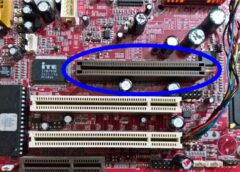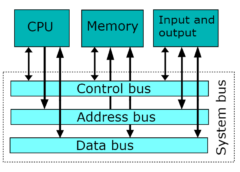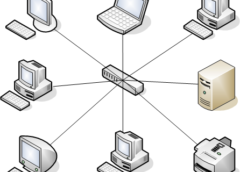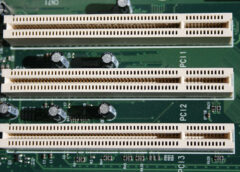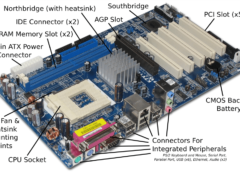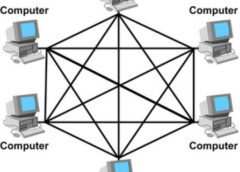
As an important supplement of this chapter, we have included in the following lines the meaning of some of the most used terms used in the world network of networks: the Internet.
Al Artificial Intelligence:
Part of the Computer Science that studies the simulation of intelligence
Access Provider:
Server center that provides logical access to Internet, working as
gateway between the final user and Internet.
ACK (Acknowledgment):
Response signal
ADSL (Asymmetric Digital Subscriber Line):
Asymmetric system of data transmission over conventional telephone lines. There are working systems that reach speeds up to 1,5 and 6 Megabit per second in one way and between 16 and 576 Kilobytes in the other.
ANSI (American National Standard Institute):
API (Application Program Interface):
Is the set of routines of the system that can be used in a program
for input/output management, file management, etc.
APPLET:
Written and compiled JAVA application.
ARPANET (Advanced Research Projects Agency Network):
Military network of the United States of America through
telephone lines from which Internet derivative.
ASAP (As Soon As Possible):
Command or option in a network or program which determines the
priority of a task.
ASCII (American Standard Code for Information Interchange):
The ASCII character table is composed of 128 characters
including symbols and control characters. An extended version of
256 exists.
ASN (Autonomous System Number):
Set of routers and networks controlled by the same management
authority.
ATM (Asynchronous Transmission Mode):
System of data transmission used in wide band in order to take
the maximum advantage of a line. It is a packet switching system
supporting transmission speeds of up to 1,2 Gbps.
AUI (Asociacion de Usuarios de Internet):
Internet users association.
Avatar:
An graphic identity which a user adopts when connected to a
CHAT with graphical capacities.
BBS (Bulletin Board System):
Communications server that furnishes various services to the
users, such as e-mail or file transfer. Originally worked through
normal telephone lines and which can be currently found in
Internet.
Bandwidth:
Capacity of a transmission media
BIOS (Basic Input Output System):
Program resident in an EPROM which controls the basic
interactions between hardware and software.
BIT (Binary Digit):
Minimal unit of information; can either be “0” or “1” status.
BOOTP (Bootstrap Protocol):
Provides an IP, Gateway and Netmask address to a machine.
Used in communications via telephone lines.
BOT:
Automation, program or script which carries out functions that
otherwise shall be carried out manually.
Backbone:
Data transmission structure of a network or set of networks in
Internet.
Ban (interdict):
Normally used in IRC. Act of forbidding the entry of a “NICK” user
to a channel.
Baud:
Number of status changes per second of a signal.
Bounce:
Return of an e-mail message due to problems in delivering it.
Browser:
Term normally applied to the programs which provide access to
the WWW service.
Bookmark:
Mark, usually of a WWW address, that remains filed for further
use.
CCIIT (International Consultative Committee on Telegraphy and
Telephony):
Organization establishing the international telecommunication
standards.
CD (Compact Disk):
Optical disk with a 12 cm diameter used for binary storage. Is
formatted capacity is of 660 Mb. It was initially intended for audio
storage. When it is used for generic data storage is called CDROM.
CDA (Communications Decency Act):
American law project which pretended to apply a sort of control
over the Internet. Its current status is reckoned as
unconstitutional.
CERN Conseil Europeen pour la Recherche Nucleaire:
European institution which developed, for its own internal needs,
the first WWW server and, thus, the HTTP. Has decidedly
contributed to spread this technology and is one of the W3
Consortium directors.
CERT Computer Emergency Response Team:
CG Computer Graphics:
CGI Common Gateway Interface:
Programs used to make routine calls for controlling other
programs or databases from a web page. Can also generate
HTML.
CHAT:
(See IRC)
CIR Committed Information Rate:
Is the minimum information stream that a telephone operator
(normally the access provider) assures to the customer. The rest
of the bandwidth is subjected to the network status and the needs
of the telephone operator.
CIX Commercial Internet Exchange:
Connection Provider:
Entity providing and managing physical access to Internet.
COOKIE:
Small portion of data that the server of HTTP furnishes WWW to
keep. Normally is information about the connection or the data
required. By this it can know what did that customer do in its last
visit.
CSLIP (Compressed Serial Line Protocol):
Is an enhanced version of SLIP developed by Van Jacobson.
Mainly is about transmitting only the differences instead of the
complete headers.
CSMA (Carrier Sense Multiple Access):
Network protocol to share a channel. Before transmitting the
source station checks if the channel is free.
Callback:
System widely used in the United States for international calls
consisting of (previously paying) calling a number, indicate the
number to which we want to communicate and hang. Afterwards,
you receive a call which connects us with the desired number.
Carrier:
Telephone operator that provides a high level Internet connection.
Stream:
Amount of use of a bandwidth. For example, a 1Mbps line can be
supporting a 256Kbps stream, leaving a remainder of 768Kbps
idle.
Cracker:
Individual with high level of computer knowledge who can hack
programs or inflict damage in systems or networks.
DATAGRAM:
Usually referred to the internal structure of a data package.
DCD (Data Carrier Detected):
DDE (Dynamic Data Exchange):
Set of specifications of Microsoft for data interchange and flow
control between applications.
DES Data Encryption Standard:
Algorithm developed by IBM which uses data blocks of 64 bits and
a key of 56 bits. Is used by the American Government.
DNS (Domain Name System):
Distributed database which manages the conversion of Internet
addresses which are expressed in natural language into an IP
numerical address. For example 121.120.10.1.
DSP (Digital Signal Processor):
DSR (Data Set Ready):
MODEM.
DTE (Data Terminal Equipment):
It refers for example to the computer connected to a modem which
receives data from it.
DTMF (Dual Tone Multifrequency):
The tones used to dial a phone number.
DTR (Data Transfer Ready):
MODEM.
DUPLEX:
Capability of a device to operate in two ways. In communications
it refers normally to the ability of a device to receive / transmit.
There are two classes. HALF DUPLEX when it can either transmit
or receive. FULL DUPLEX when it can do both at the same time.
DVB (Digital Video Broadcast):
Digital video format that complies with the requirements to be
considered a broadcast, this means it has the quality to be
transmitted by any of the existing television systems.
DVD (Digital Video Disk):
New standard for massive storing devices with CD format but that can
reach a capacity of 14 GB.
Dialup:
Process by which a data connection through a telephone line is
established.
Domain:
Host domain system in Internet. The domains go separated by a
dot and are hierarchically organized from left to right.
Download:
It refers to the act of transferring a file or files from a server to our
computer. In Spanish: “bajarse un programa”.
Downstream:
Data flow from a remote computer to our’s.
EBCDIC (Extended Binary Coded Decimal Interchange Code):
Enhanced packet system for decimal numbers in binary.
ECC (Error Checking and Correction):
EFF (Electronic Frontier Foundation):
Organization for the defense of the rights in the cyberspace.
EDI (Electronic Data Interchange):
ETSI (European Telecommunications Standards Institute):
E-ZINE (Electronic Magazine):
Any magazine elaborated for its broadcast through data media,
mainly by Internet.
E-mail (Electronic Mail):
Message data system similar in many ways to ordinary mail but
much faster.
FAQ (Frequent Asked Question):
File system containing the most frequently asked questions and
answers of a particular topic.
FAT (File Allocation Table):
File organizing system for hard disks. Widely used in PCs.
FDDI (Fiber Digital Device Interface):
Finger:
Facility that furnishes basic information on Internet or UNIX.
FIX (Federal Interagency eXchange):
FTP (File Transfer Protocol):
One of the most used file transfer protocols.
Firewall:
Any program which protects a network from another network.
Firewall gives access to a local network machine in Internet but
Internet does not see further than firewall.
Frame:
In WWW browsers like Netscape it refers to a sub-windows
structure within a HTML document.
Frame Relay:
Connection protocol through permanent virtual circuits widely
used to furnish direct connection to Internet.
GIF (Graphics Interchange Format):
GIX (Global Internet Exchange):
GMT (Greenwich Mean Time):
GSM (Global System Mobile Communications):
Digital telecommunications system mainly used for mobile
telephones. Compatibility between networks exist so a GSM
telephone can theoretically work in the whole world. In the USA it
is located in the band of 1900 Mhz and is called DCS-1900.
GT (Global Time):
GUI (Graphic User Interface):
Gateway:
Device that allows to connect to networks which normally work
under different protocols or a host to a network. In Spanish
“pasarela”.
HDLC (High-Level Data Link Control):
HDSL (High bit rate Digital Subscriber Line):
High speed data transmission system that uses two twisted pairs.
Speeds of up to a Megabit are reached in both directions.
Header:
First part of a packet which contains information about its
characteristics.
Hit:
Used to refer to each time a link is clicked in a website.
Homepage:
Main or initial page in a website.
HPFS (High Performance File System):
System that optionally uses OS/2 to organize the hard disk
instead of the regular FAT.
HTML (HyperText Markup Language):
Language to elaborate web pages, currently in version 3.0.
Developed in the CERN.
HTTP (HyperText Transfer Protocol):
Protocol used in WWW.
Hacker:
Computer expert capable of entering in restricted access systems.
Does not have necessarily harmful intentions.
Hayes:
Standard developed by Hayes manufacturer consisting in
commands for modem control.
Host:
Computer connected to Internet. In general, a computer.
IANA (Internet Assigned Number Authority):
The entity that assigns the addresses in Internet.
ICMP (Internet Control Message Protocol):
IEEE (Institute of Electrical and Electronic Engineers):
American association.
IETF (Internet Engineering Task Force):
Association of technicians who organize the engineering tasks,
mainly of Internet telecommunications. For example, improve
protocols or declare others obsolete.
INTA (Instituto Nacional de Tecnica Aeroespacial):
Spanish acronym for NASA.
INTERNIC:
Internet entity in charge of managing the domain names in the
USA.
INTRANET:
Internal use Internet-type network, as for example the corporate
network of a company in which TCP/IP protocol and services
similar to WWW are used.
IP (Internet Protocol):
This denomination includes all the Internet protocols. It also refers
to the addresses of the Internet network.
IPI (Intelligent Peripheral Interface):
In ATM: Initial Protocol Identifier.
IPX (Internet Packet Exchange):
Initially the Novell protocol for information interchange between
netware applications.
IRC (Internet Relay Chat):
Multiuser system for text transmission through an IRC server.
Used normally for on line chat; also useful for file transfer.
ISDN (Integrated Services Digital Network):
Telephone network with bandwidths starting from 64Kbps. Similar
to the voice telephone network regarding the needs of installation
interface to the user, but digital. In Spanish: “RDSI”.
ISO (International Standard Organization):
ISP (Internet Service Provider):
ISS (Internet Security Scanner):
Program that searches for vulnerable points in the network
regarding with safety.
Ibernet:
Spanish network managed by Telefonica with IP protocol. Is the
Spanish Internet subnetwork.
Iberpac:
Telephone network for data packet switching transmission
(normally X.25) mainly for corporate use.
InterDic:
The Spanish dictionary in Internet.
JAVA:
Object oriented programming language similar to C++. Used in
WWW for tele-load and tele-execution of programs in the
customer computer. Developed by Sun Microsystems.
JAVASCRIPT:
Program written in script language of Java, interpreted by the
customer’s application, normally a navigator (Browser).
JPEG (Join Photograph Expert Group):
Graphic format with losses which reaches high ratios of
compression.
Kick:
Used normally in IRC. To throw a user out of a network.
Knowboat:
Knowledgeable robot or virtual robot. Is a kind of PDA.
LAN (Local Area Network):
Network of computers of small dimension. For example, a network
distributed in one story of a building.
LAPM (Link Access Procedure for Modems):
LCP (Link Control Protocol):
Layer:
In protocols or in OSI it refers to the various packet structural
levels or the various levels of connection, respectively.
Link:
This is used to call the parts of a web page which take us to
another part of it or connects us to another server.
Linux:
Shareware version of the widely known UNIX operating system. Is
a multitask multiuser 32 bit system for PC.
LU (Logic Unit):
Lock:
MAN (Metropolitan Area Network):
MBONE (Multicast Backbone):
Virtual network that uses the same physical devices of Internet in
order to transmit data with Multicast protocols.
MIME (Multipurpose Internet Mail Extensions):
Extensions of the mail protocol of Internet that allow to add
additional information to the text.
MMX (Multi Media eXtensions):
Extra instruction set that includes new Pentium processors
oriented to reach a higher execution speed of the application that
process or move big data blocks.
MNP (Microcom Networking Protocol):
Error correction protocol developed by Microcom widely used in
modem transmissions. There are various levels: MNP2
(asynchronous), MNP3 (synchronous) and MNP4 (synchronous).
MODEM (Modulator/Demodulator):
Device that adapts digital signals for their transmission through an
analog line, normally telephone.
MPEG (Motion Pictures Expert Group):
Graphic format of video storage. Uses like JPEG compression
with losses, reaching high rates.
MROUTER (Multicaster Router):
Router supporting Multicaster Protocols.
MRU (Maximum Receive Unit):
In some protocols of Internet it refers to the maximum size of the
data packet.
MS-DOS (Microsoft Disc Operating System):
Widely extended operating system for PC, of command line type.
MTU (Maximum Transmission Unit):
Maximum packet size in IP protocols like SLIP.
MUD (Multi User Dimension):
Internet Multiuser game systems.
MULTICASTING:
Transmission technique through Internet in which packets are
simultaneously sent from one to various points.
NACR (Network Announcement Request):
Request of participating in the Network. Is the request for entering
Internet for a subnetwork or dominion.
NAP (Network Access Point):
Normally refers to the three principal points through which you
can access Internet in the USA.
NC (Network Computer):
Computer conceived to operate connected to Internet. According
to many, it is the future. These are very reduced hardware
machines (some don’t even have a hard disk).
NCP (Network Control Protocol):
Is a Network Layer protocol.
NET:
Network.
NETBIOS:
Network BIOS. Network Basic Input Output System.
Netiquette:
Ways and common usage of the Internet services. You can call it
“manners” of the Internet users.
NSA (National Security Agency):
American organization for the safety of, among others, computer
data.
NSF (National Science Foundation):
American foundation that manages great amount of the Internet
resources.
Navigator:
Normally applied to programs used to connect to the WWW
service.
Netizen:
Citizen of the Network.
NEWS:
Internet service with a billeting board structure divided in topics
and countries, in which the users of certain interest groups leave
or respond to messages related with the referred group.
Nick:
Name or alias of an IRC user.
Node:
By definition a point where two or more lines converge.
Sometimes it refers to a single machine in Internet. Normally it
refers to a confluence point in a network.
OEM (Original Equipment Manufactured):
Company that buys a product from a manufacturer and integrates
it with one or more of its own manufacture. All manufacturers, for
example, which include a Pentium in their systems act as an
OEM.
OS2 (Operating System 2):
Thirty two bit multitasking operating system created by IBM.
Created for the PC with graphical user environment. The current
version is 4.0, which supports spoken commands and dictation.
OSI (Open Systems Interconnection):
Open system interconnection reference module proposed by ISO.
Divides the tasks in seven levels.
PAN (Personal Area Network):
Network system directly connected to the skin. The data
transmission is carried out by physical contact.
PAP (Password Authentication Protocol):
Protocol that allows the system to verify the identity of the other
site of the connection through a password.
PDA (Personal Digital Assistant):
Program in charge of serving a determined user in tasks such as
information searches or selections considering his or her own
personal criteria. It frequently has Artificial Intelligence
technology.
PEER:
In a point to point connection it refers to each of the ends.
PEM (Private Enhanced Mail):
Encrypted mail system.
PERL:
Language for management of texts, files and processes. With
script structure. Developed by Larry Wall, is multiplatform
because it works under UNIX.
PGP (Pretty Good Privacy):
Packet encryption based in a public key written by Phil
Zimmerman.
PIN (Personal Identification Number):
Secret number associated to a person or service user through
which you access such service. You can refer to it as a “numerical
password”.
PING (Packet INternet Groper):
Program used to check if a host is ready. Sends control packets to
check if the host is active and thus returns them.
PNG (Portable Network Graphics):
Very complete graphics format specially conceived for networks.
POP (Post Office Protocol):
Protocol used by personal computers to manage the mail,
specially receiving it.
POST (Power On Self Test):
Series of tests of its devices carried out by a computer when
turned on.
POTS (Plan Old Telephone Services):
PPP (Point to Point Protocol):
Internet Protocol to establish a connection between to points.
PPV (Pay Per View):
Refers to so called “interactive” television or “television a la carte”
in which you have to pay for each program you select to see.
PROXY:
Proxy is a server normally connected to the access server to the
WWW of an access provider, that saves all the information that
the users receive of the Web, therefore, if another user accesses
through Proxy to a previously visited site, he will receive the
information from the Proxy server instead of from the real server.
PVC (Permanent Virtual Circuit):
Virtual point to point line normally established by permanent type
commutations, this means by an established circuit.
Packet Driver:
Small program located between the network card and the TCP
program, that provides a standard interface for all the programs
using such protocol.
Packet:
Minimal amount of data transmitted in a network or between
devices. Has a different structure and length according to the
protocol to which belongs. Is also called TRAMA.
Phracker:
Data hacker who uses the telephone lines to access other
systems or simply for avoiding to pay for the telephone service.
QAM (Quad Amplitude Modulation):
Modulation system for data transmission and telecommunications.
RARP (Reverse Address Resolution Protocol):
Low level protocol for the assignment of IP addresses for simple
machines from a server in a physical network.
RAS (Remote Access Server):
RDSI (Red Digital de Servicios Integrados):
(See ISDN)
RFC (Request For Comment):
Request for comments. Series of documents initiated in 1967
which describes the set of Internet protocols.
RIP (Routing Information Protocol):
ROOT:
In file systems it refers to a root directory. In UNIX it refers to the
main user.
RSA (Rivest, Shamir, Adelman):
Public Key encryption algorithm, developed by Rivest, Shamir and
Adelman.
RTC (Rec Telefonica Conmutada):
Telephone network for voice transmission.
RTP (Real Time Protocol):
Protocol used for information transmission in real time as for
example audio and video in a video-conference.
RWIN (Receive Window):
TCP parameter that determines the maximum amount of data that
the receiver computer can receive.
RX:
Short way of Reception or Receiving.
Retrain:
This is the action executed by a modem to reestablish the
synchronism with the other modem after a communication loss.
Router:
Device connected to two or more network in charge only of the
communication tasks.
SATAN (Security Analysis Tool for Auditing Networks):
Set of programs written by Dan Farmer and Wieste Venema for
the detection of problems related with safety.
SDLC (Synchronous Data Link Controller):
Also a synchronous communications protocol through telephone
line.
SDSL (Symmetric Digital Subscriber Line):
High speed data transference system in regular telephone lines.
SEPP (Secure Electronic Payment Protocol):
Payment system through Internet developed by Netscape and
Mastercard.
SGML (Standard Generalized Markup Language):
A language derived from HTML.
SMPT (Simple Mail Transfer Protocol):
Is the protocol used to transport mail through Internet.
SMS (Short Message Service):
Electronic text message service between telephones GSM. With
this you can also send e-mail from a GSM telephone and receive
messages from Internet, though this possibility seems not to work
in Spain.
SNA (System Network Architecture):
Exclusive IBM architecture, principally for mainframe applications.
SQL (Structured Query Language):
Database language.
SSL (Secure Sockets Layer):
Protocol that provides safety functions at a transport layer level
for TCP.
STT (Secure Transaction Technology):
System developed by Microsoft and Visa by electronic business
through Internet.
Sniffer:
Small program that searches a numerical or character string in the
packets that go through a node in order to obtain some
information. Normally its use is illegal.
Spam / Spammer:
This is how the e-mail “bombing” is called, this means to send
mail or very long messages.
Spider (Robot-Web):
Program that automatically goes through the WWW picking up
web pages and visiting the links that they contain.
S-HTTP (Secure HTTP):
HTTP enhanced protocol with functions of safety and symmetrical
keys.
SIM (Single Identification Module):
Normally referred to a card: SIM card. Which identifies and
through it gives service to a user. Its most common application is
through GSM telephones.
SmartCard:
Apparently standard credit card which contains a microchip
(EEPROM or Microprocessor) which stores and/or processes
information. For examples the telephone cards (EEPROM or the
SIM cards of mobile telephones (Microprocessor)
TCM:
Trellis-Coded Modulation.
TCP (Transmission Control Protocol):
One of the most used Internet protocols. Is a transport layer
protocol.
TELNET (Tele Network):
Connection to a host in which the client computer emulates a
terminal in a way that it configures as a virtual terminal of the
server computer.
TTL (Time To Live):
Internal counter incorporated in Multicast packets which
determine their spread.
TX:
Short form of Transmission or Transmitting.
Time-out:
Parameter indicating a program the maximum amount of time
before aborting such task or function. Also an error message.
Tunneling:
Multicast transport of packets through different devices and
unicast Routers. The multicast packets are encapsulated as
normal packets so they can travel by Internet through devices
which only support unicast protocols.
UDP (User Datagram Protocol):
Open protocol in which the user (programmer) defines its own IP
address.
UNICAST:
It refers to Protocols or Devices that transmit the data packets of
an IP address to another IP address.
URL (Unique Resource Locator):
Denomination that not only represents an Internet address but
also points to a specific resource within such address.
USB (Universal Serial Bus):
UT (Universal Time):
See GMT.
UUCP (Unix to Unix Communication Protocol):
One of the protocols used in Unix systems to communicate
between themselves.
UNIX:
Multitasking, Multiuser operating system. Great part of the
characteristics of other better known systems are based in this
system. widely used in big servers. Internet may not well
conceived without knowing Unix, because the communications are
mainly in Unix.
VR (Virtual Reality):
VRML (Virtual Reality Modeling Language):
Language to create virtual worlds in the Web.
WAN (Wide Area Network):
WINDOWS:
Pseudo operating system. It shall be better conceived as a
graphical environment with a few multitask capacities. The current
version Windows 95 works partially in 32 bits.
WWW, WEB or W3 World Wide Web:
World spiderweb, for many WWW is Internet, for other it is only a
part of it. We may strictly say that Web is the part of Internet to
which we access through the HTTP protocol and, as a
consequence, through Browsers such as Netscape.
Wanderer:
Web-Robot. See Spider.
Warez:
Unprotected hacker software.
Webcam:
Camera connected to a web page through which the visitors can
normally see images directly.
X.25:
Data transmission protocol widely used in Iberpac. Establishes
virtual circuits, connections and channels.
ZIP (Zone Information Protocol):
![]()








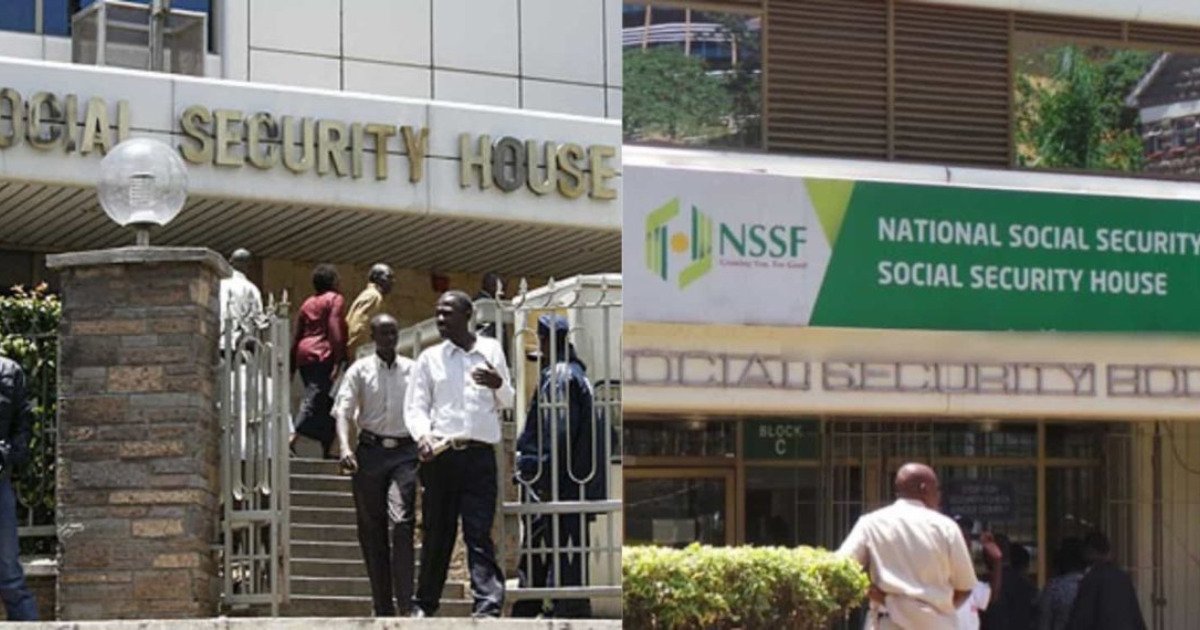

![[Resource]: Installing Webuzo on Your Nestict Cloud VPS: A Detailed Guide](https://www.blog.nestict.com/wp-content/uploads/2024/12/image.webp)
![[Resource] : Comprehensive List of Equity Bank Codes Across Kenya by Region](https://www.blog.nestict.com/wp-content/uploads/2024/12/image-5.png)



![[Continuation]: Current Challenges in Making Physics and Geography Compulsory](https://www.blog.nestict.com/wp-content/uploads/2024/12/The-universe-of-mathematics-physic-and-astronomy-its-ama…-Flickr.jpg)
![[Resource] : Why Physics and Geography Should Be Compulsory Like Mathematics in Education](https://www.blog.nestict.com/wp-content/uploads/2024/12/image.png)


![[LINKTREE] 2024 PAST PAPERS , NOTES ,RESOURCE,REVISION,EXAMINATIONS](https://www.blog.nestict.com/wp-content/uploads/2024/10/SCHM.jpeg)


![Maritime Terms, Abbreviations and Acronyms [Shipping Terms – Searchable]](https://www.blog.nestict.com/wp-content/uploads/2024/09/Container-Stowage-Stock-Illustrations-–-71-Container-Stowage-Stock-Illustrations-Vectors-Clipart-Dreamstime.jpg)
![Maritime Terms, Abbreviations and Acronyms [ Shipping Terms]](https://www.blog.nestict.com/wp-content/uploads/2024/09/image.png)







![[Explainer]: NVMe storage, SSD (SATA SSD), and HDD](https://www.blog.nestict.com/wp-content/uploads/2024/08/Laptops-are-available-with-SSDs-and-HDDs.png)
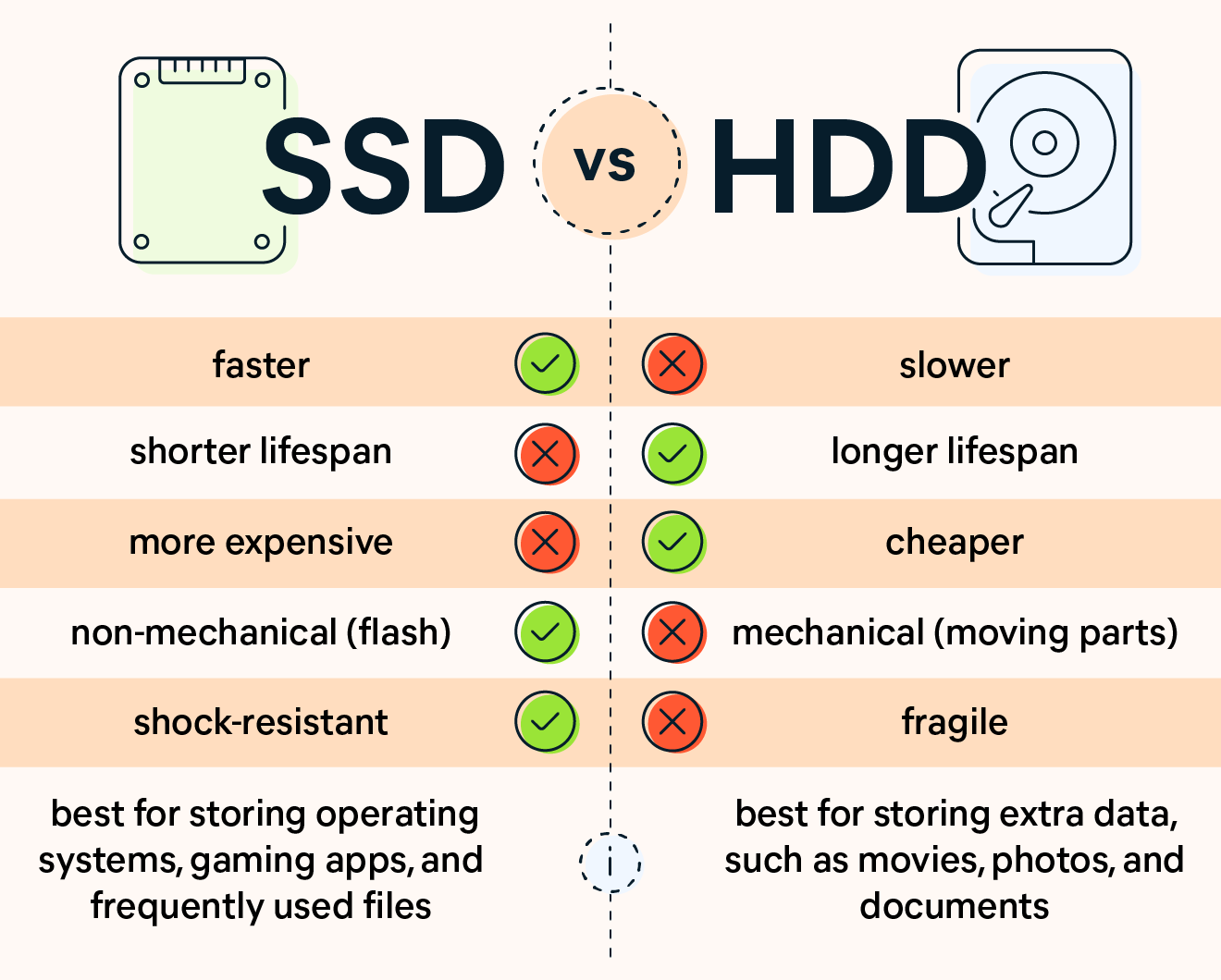
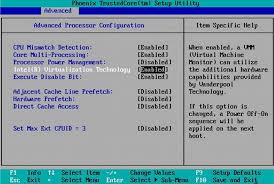
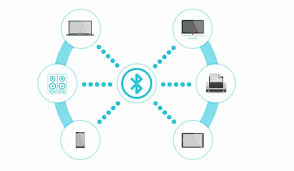

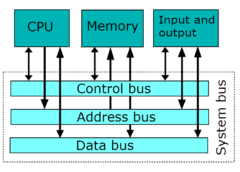

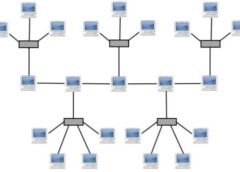







![[Updated 2024] – Passport Application FOR CHILDREN ONLY(PERSONS UNDER 18 YEARS)](https://www.blog.nestict.com/wp-content/uploads/2023/09/keppp-240x172.png)
![[Updated 2024] -Passport Application FOR ADULTS ONLY-PERSONS OVER 18 YEARS](https://www.blog.nestict.com/wp-content/uploads/2023/09/EAF-Passport-e1631045054464-400x800-1-240x172.jpg)

